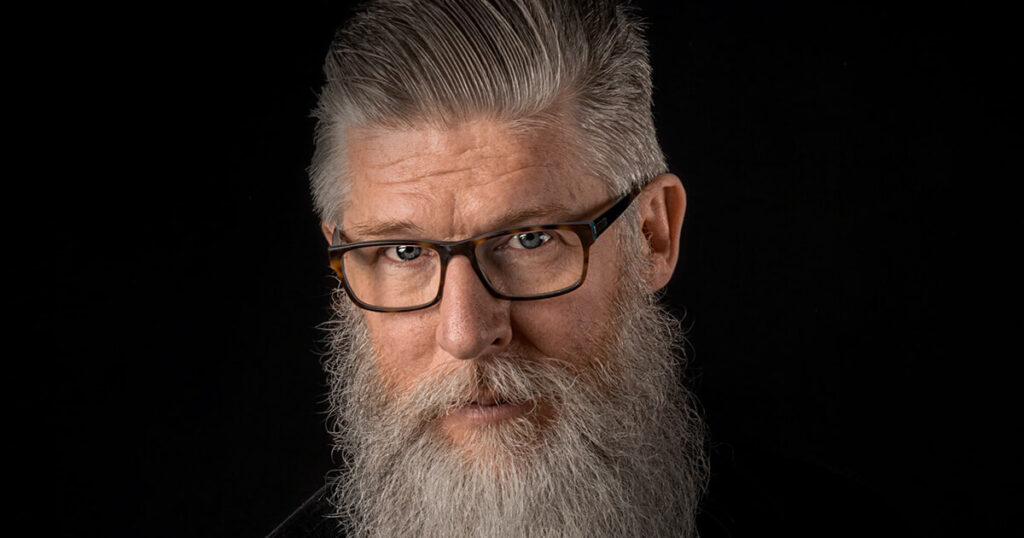Hair loss is common among middle-aged men and can even affect younger adults. In most cases it is caused by male pattern baldness and can lead to worry and anxiety, not to mention a loss of self-confidence.
If you are experiencing these emotions, there is a better solution than simply learning to live with hair loss and frustration. One of the most useful and increasingly popular ways to reverse hair loss is a NeoGraft hair transplant. This minimally-invasive procedure lets you regrow your own hair naturally without unappealing scars, staples, or stitches.
Hair transplants have come a long way from, say, the 1970s. Done by a skilled technician, it’s near impossible to see if someone had a hair transplant or not – other than a visibly fuller head of hair.
How do you know it’s the right time to look into a hair transplant? Below are a few signs that indicate a hair transplant might be right for you.
Three Signs a Hair Transplant Might Be Right for You
You’re scared to wash, brush, or style your hair.
When you’re starting to experience hair loss, it’s common to be worried about tampering with your hair too much. You’re worried that washing, brushing, or styling your hair on a regular basis will cause your hair to fall out quicker. If you’re experiencing hair loss, you’re willing to do anything it takes to keep as much hair as possible.
Because of this, many patients experience worry and anxiety when washing their hair and may even stop washing or touching it altogether. Despite the concern about losing hair, it’s important to maintain hygiene to keep your scalp and hair as healthy as possible. The good news: when you regrow your hair after a hair restoration procedure, you’ll be free to wash, touch, and style your hair to your heart’s content—without having to worry about further hair loss.
You’re embarrassed and self-conscious about the way you look.
Historically, hair has been associated with power, wealth, and beauty—dating back thousands of years. Today, hair is seen as a beauty accessory and a way to showcase your personality. Society often puts pressure on us to fit within certain standards, and having great hair is—unfortunately for some—one of those standards.
This is not limited to the hair on your head. Increasingly, designer beards have become more fashionable. Again, there is good news for you: hair transplants are not limited to the top of your head. They work great for facial hair too.
If you’re affected by hair loss, you may not feel confident about the way you look and can feel embarrassed going out in public because of your own views on what it means to be attractive.
You’re looking for a more permanent solution for your thinning hair.
Candidates for a hair transplant include those who have just started to notice thinning hair as well as those who have been experiencing hair loss for years. If you fall into the latter category, you may have been relying on hats, toupées, or other temporary solutions to mask the changes to your hair.
Unfortunately, many of these non-surgical hair loss solutions have been shown not to work very well. Rather than sinking money into such treatments for years, it may be worth the one-time investment in a hair transplant and never have to worry about it again.
With a minimally-invasive hair transplant procedure, you can stop hiding your hair and free yourself from annoying or uncomfortable cover ups. You can stop using products and spending a lot of time on comb-over styles. You can simply live a more relaxed and confident life.
Not sure if you are a good candidate for a hair transplant? Request a free quote today, and we will map out a personalized restoration plan for you!

